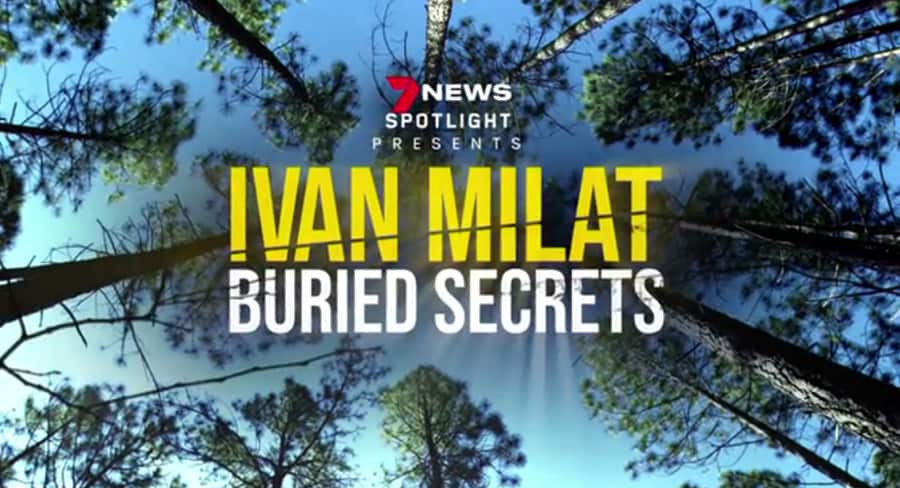Thirty years ago, in the Belanglo State Forest, Australia’s most infamous serial killer Ivan Milat murdered seven backpackers. Now, a year after Milat died in maximum security prison, the search for new victims and more burial grounds is underway.
Criminologist Dr. Xanthe Mallett and criminal psychologist Tim Watson-Munro, believe that Milat killed many others.
In this documentary airing on Seven across two Sundays, Mallett and Watson-Munro present evidence that this year marks the 50th anniversary of the death of Milat’s first victim, 20-year-old Keren Rowland, who was five months pregnant when her body was found in the Fairbairn Pine Plantation near Canberra in May 1971.
Keren’s story is the first in a list of up to 20 more potential victims.
Case by case, Mallet and Watson-Munro plot a timeline of unsolved murders and disappearances against known locations and confirmed sightings of Milat.
Ivan Milat: Buried Secrets steps inside the mind of a killer, covering Milat’s rituals, his life, and why he killed.
Hear from two survivors who share for the first time their experience at the hands of Milat.
For the families of Milat’s victims and the dozens of other families still living with not knowing what happened to their murdered or missing loved ones, all are searching for one thing – closure.
Dr. Xanthe Mallett said: “Ivan Milat died in October 2019 and took his violent secrets to the grave, never confessing to any of his crimes. Among these secrets were, I believe, details of the other crimes I have no doubt he committed over his criminal career. This includes murders that are currently listed as cold cases, or long-term missing persons cases. Tim Watson-Munro and I wanted to reinvestigate as, even though Milat is dead, we believed opportunities exist to solve them, even those that are decades old.”
Tim Watson-Munro said: “Ivan Milat, for me, has always been a person of significant forensic and clinical interest. Subsequent to the discovery of cadavers in the Belanglo State Forest and prior to his arrest, I was approached on several occasions by media in Australia to provide, at a distance, a profile regarding the possible offender. I suggested that he was bad not mad, intelligent, a marauding psychopath and a person who likely lived proximal to the Hume Highway. When he was eventually arrested, these dynamics were more or less confirmed.”
